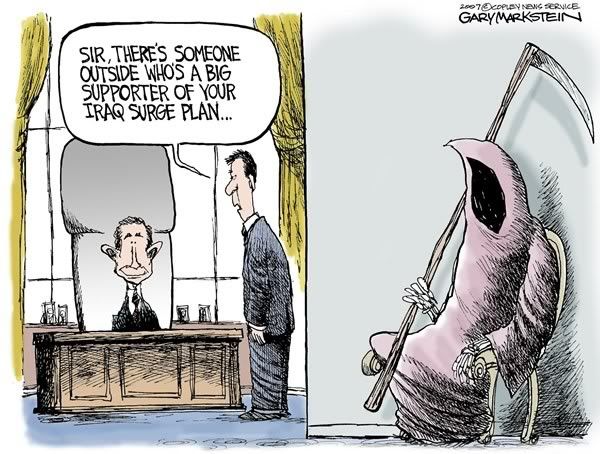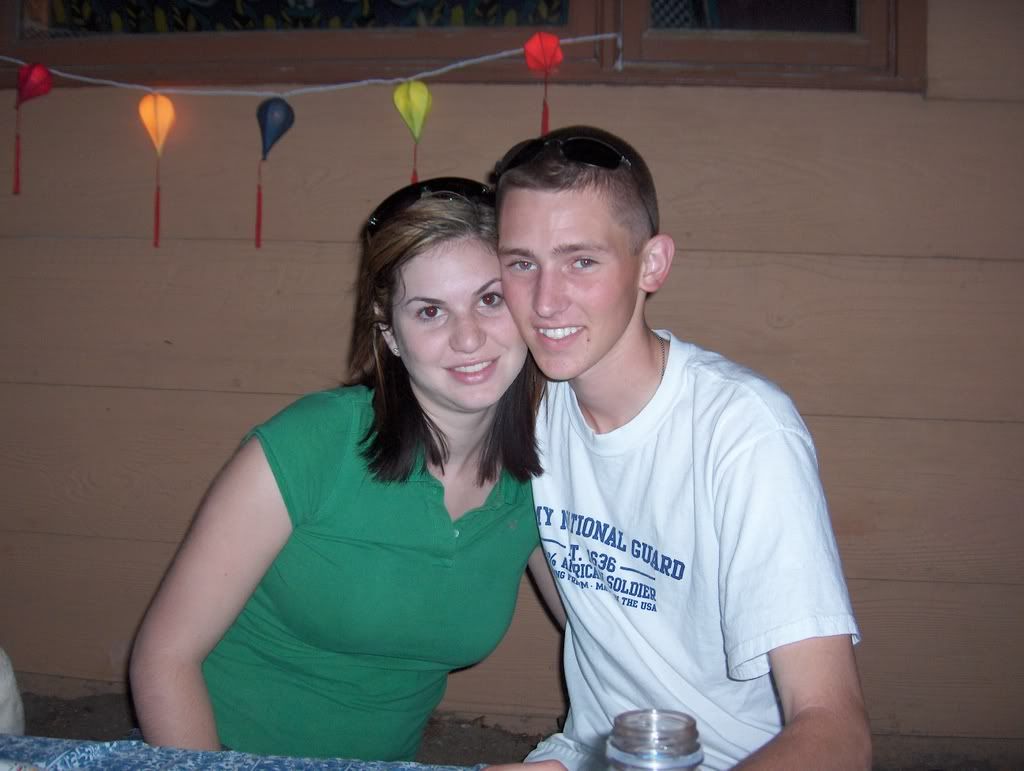Final Post
Throughout this course I do not feel as if my writing as a whole has grown or changed much at all, other than the fact that I had to learn to integrate websites and multimedia elements into my writing to post it online. I felt that this was a detraction from actual writing skills and abilities and that this was the only aspect of this course that I really struggled with in terms of writing. It was a big challenge for me to just incorporate a hyperlink or picture for additional support and clarification of an idea as opposed to explaining what was going on. This was a concept that I struggled with throughout the duration of this course because it dose not encourage critical analysis or much in depth thinking. Also, I had to learn to write for a totally different audience- both of the English 1020 classes and anyone else who chose to view my blog online, not just the teacher. Additionally, I felt as if the fact that the course was geared more towards online posting rather than turning in hard copies of papers that this detracted from my grade because my layout was not always perfect. I feel that this also detracted from my writing as a whole because there was too much focus on the media aspects and not enough emphasis on just old fashioned writing.
Here are some examples of my struggling to incorporate hyperlinks into my writing for my blog posts; there is little improvement throughout the semester because the idea of it still seemed obscure to me. This is the most obvious in my essays that I have written for this class. When incorporating hyperlinks I chose simple, non-creative places to put them so it seemed as if they made more sense. My first essay that I wrote, the observational essay, was about horse breeding and the sales pitch that is made, I researched some of the places in Colorado that offered such services. “In Colorado, there are three prominent breeding facilities that offer breeding to exceptional stallions; Plum Creek Hollow in Larkspur, Colorado, Crooked Willow Farms in Larkspur, Colorado, and Middle Fork Ranch in Lyons, Colorado.” (Observational Essay) As you can see, I placed the hyperlinks in obvious places so they made sense. For my second essay, the reflective essay, I wrote about my boyfriend being in the National Guard and how that impacted our relationship. “When Tad and I first began dating I knew that he was in the National Guard and that he would ship out to BCT (Basic Combat Training) after we graduated from high school.” (Reflective Essay) Again, I incorporated the hyperlink in an obvious location.
The only essay that I wrote where I felt I incorporated hyperlinks for further clarification, not just to put them in my essay to fufill the criteria for it, was the last essay we had to write, the rhetorical analysis essay. I analized a political cartoon that compared President Bush to the Grim Reaper. “Recently President George W. Bush called for a troop surge in Iraq, wanting at least 20,000 additional troops to be deployed and those who are already there to spend an additional three months there; with the U.S. death toll as high as it is, Bush’s plan for a surge is being faced with a tremendous amount of scrutiny.” (Rhetorical Analysis Essay) Instead of just placing the hyperlink in an obvious place, I strategically placed it where someone could click on it and read an article about the troop surge and why President Bush is calling for one. Also, further on in my essay once I got more in depth with my analysis of the politcal cartoon, I incorporated another hyperlink that was used purely for additional support and clarification of the point I was trying to convey. “Additionally, a lot of people currently blame and associate President Bush for and with the death toll in Iraq and do not support his plans for a troop surge.” (Rhetorical Analysis Essay) This sentence with the hyperlink ties in the other term that I hyperlinked at the beginning of the essay and provides a link for people to go and learn about the current death toll in Iraq and how it related to President Bush being portrayed as the new Grim Reaper in our society.
Overall, I do not feel that I grew much as a writer throughout this course. However, I did slightly learn how to incorporate hyperlinks and write for an online audience, but how often am I going to need to do that throughout college?

 Furthermore, the colors utilized throughout the entire political cartoon are not those of a bright palate. They are duller and monotone, which contributes to the more negative feelings associated with this political cartoon. Also, the coloration is fairly symmetrical between the two frames of the political cartoon. The chair that President Bush is sitting in and the Grim Reaper’s robe are the same color and even account for the desk. And the person who, in the left frame, is telling President Bush that there is someone outside to see him is portrayed as a shadow in the right frame next to the Grim Reaper. In addition to those symmetries, the windows on the left and the wall on the right are of similar coloring too. This furthers the analogy between President Bush and the Grim Reaper because it highlights similarities between the two.
Furthermore, the colors utilized throughout the entire political cartoon are not those of a bright palate. They are duller and monotone, which contributes to the more negative feelings associated with this political cartoon. Also, the coloration is fairly symmetrical between the two frames of the political cartoon. The chair that President Bush is sitting in and the Grim Reaper’s robe are the same color and even account for the desk. And the person who, in the left frame, is telling President Bush that there is someone outside to see him is portrayed as a shadow in the right frame next to the Grim Reaper. In addition to those symmetries, the windows on the left and the wall on the right are of similar coloring too. This furthers the analogy between President Bush and the Grim Reaper because it highlights similarities between the two.
